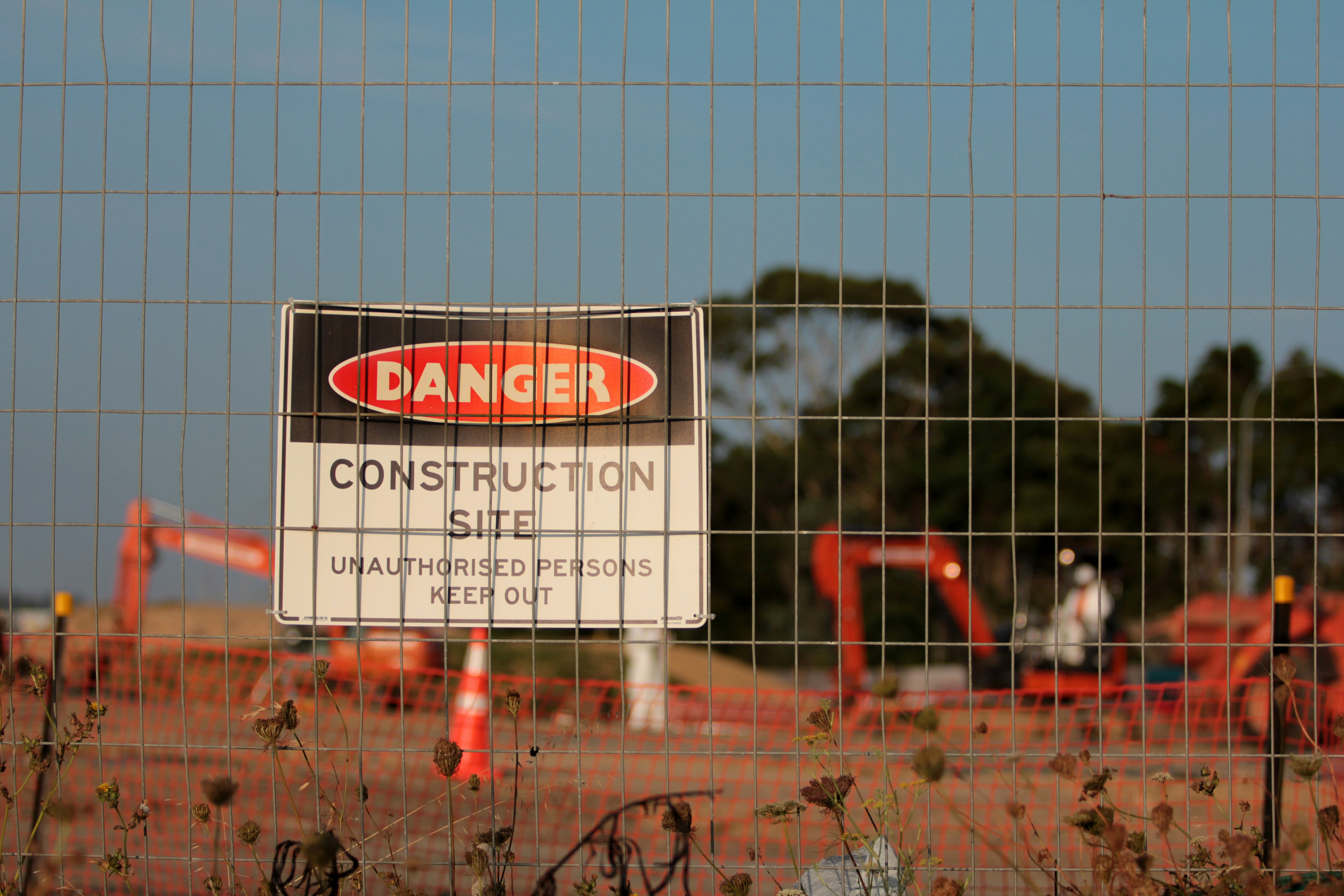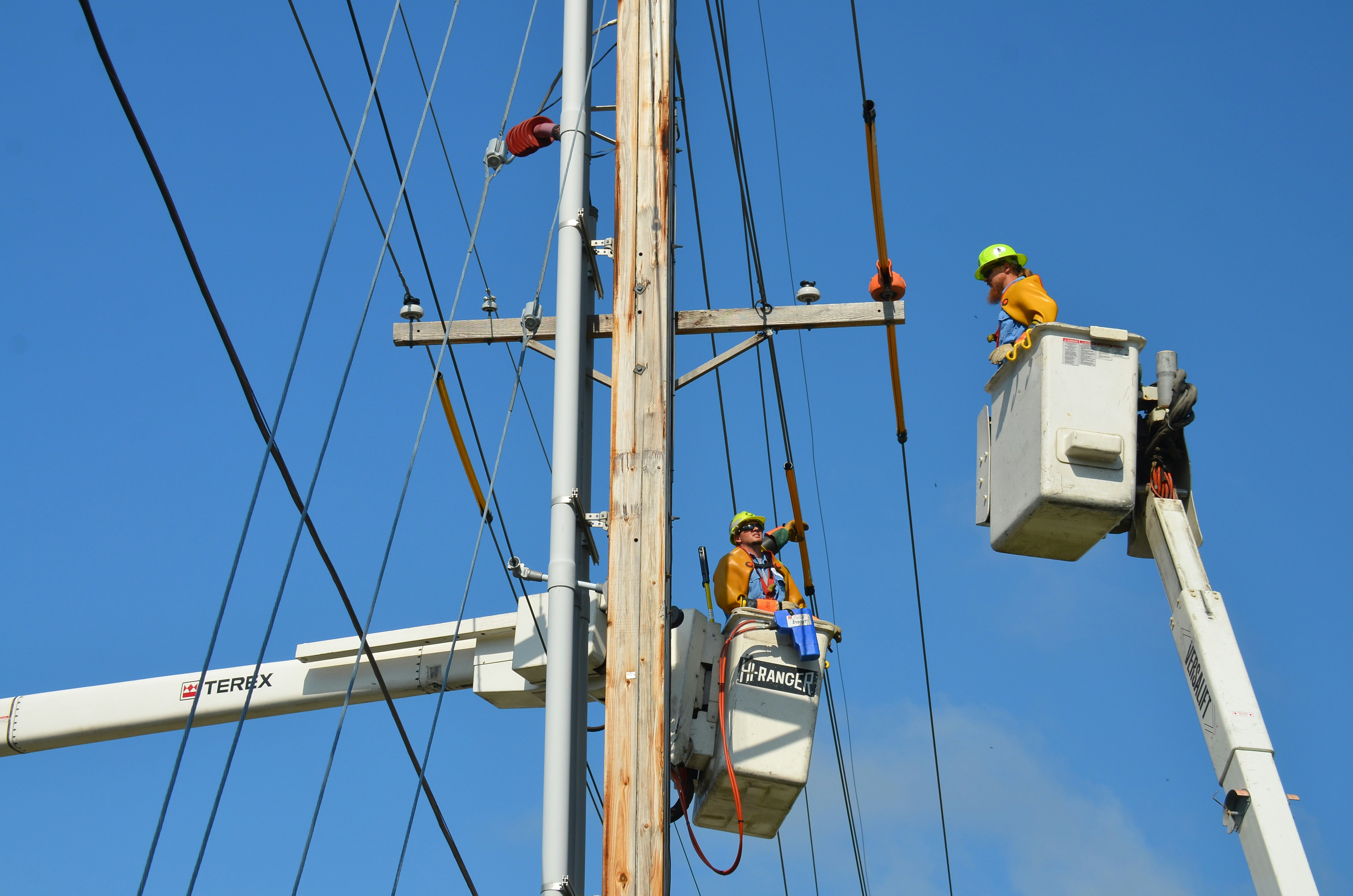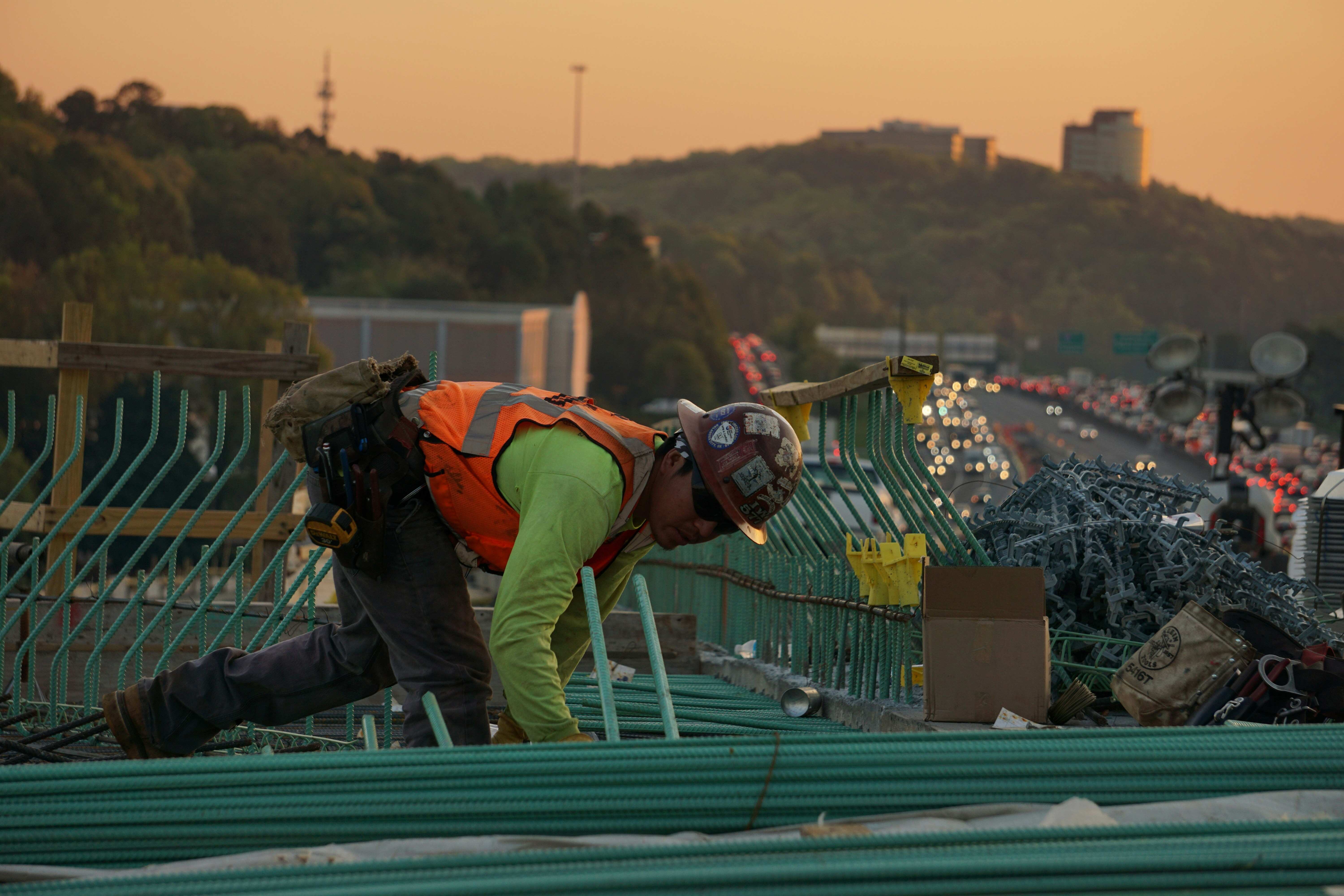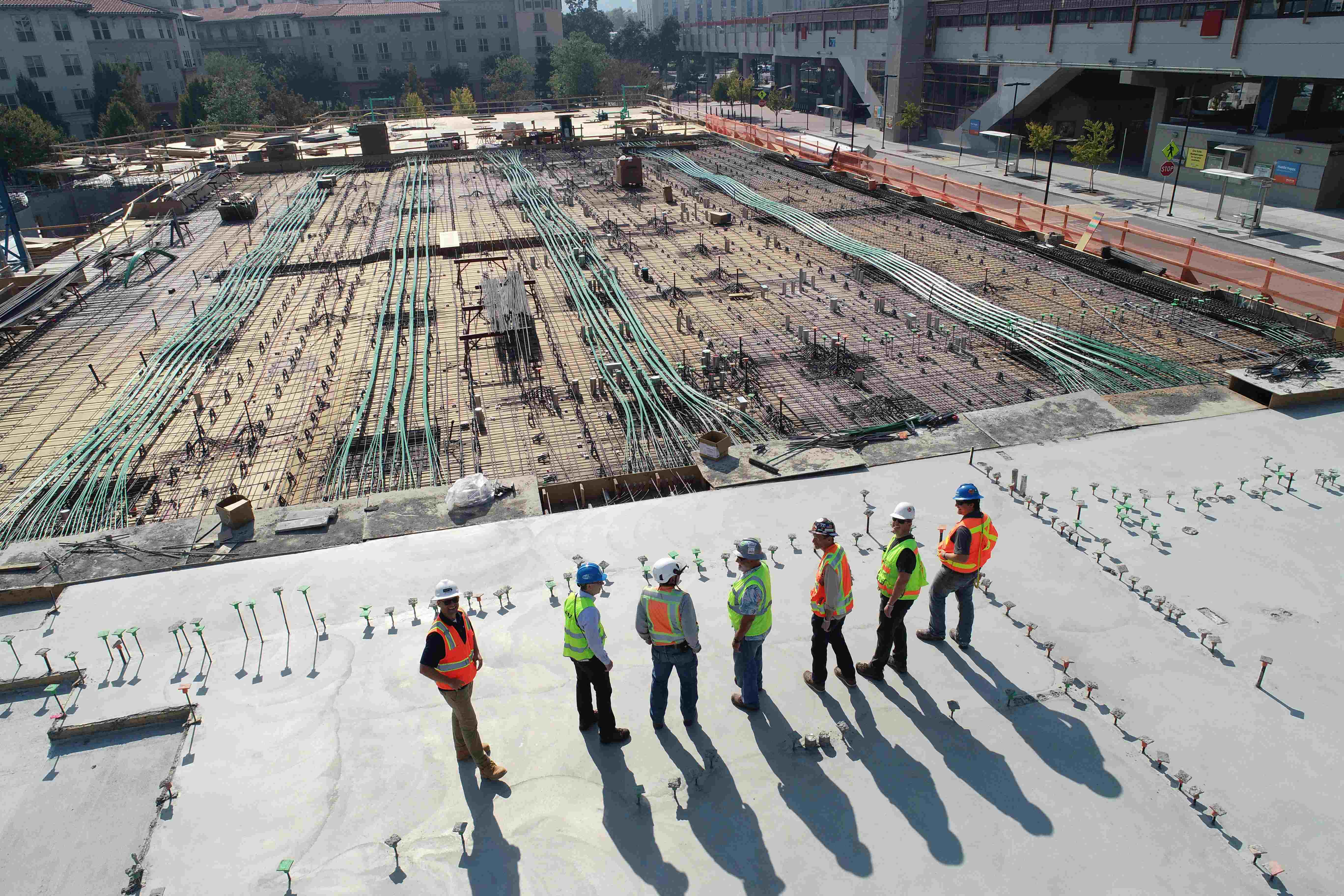Skilled labour in the construction industry has been crucial to global development, creating the essential infrastructure we depend on every day, such as homes, schools, hospitals, and workplaces. However, current challenges within the construction workforce threaten future progress. Addressing this labour shortage is complex due to various contributing factors. To develop impactful solutions for the construction industry, it is vital to understand these underlying issues.
This insightful guide explores the causes of the labour shortage and which strategies can be deployed to boost the labour workforce.
Understanding the International Labour Shortage
Construction is vital for global and national economic growth, but many countries are grappling with a significant manual labour shortage that hampers progress. Japan faces the most severe shortage, with a staggering 85% deficit—10% above the global average. Other countries like Germany, Israel, and Greece also experience labour shortages exceeding the average at 82%, while the United Kingdom faces an 80% shortfall. According to the Construction Skills Network (CSN) report, the UK construction industry alone will need 225,000 additional workers by 2027.
What exactly is causing this global labour shortage? Here are five key reasons:
Ageing Workforce
A significant portion of construction contribution comes from people who are over 50 - in fact, this accounts for 35% of construction workers. Working in construction can be arduous work, and there are concerns that those with a wealth of experience will leave the industry due to the taxing nature of the body. This would be a sizable chunk and is a key factor that will need addressing.
In the United States, an ageing population is contributing to the labour shortage. For example, 10,000 people reach the retirement age of 65 every day, and there isn’t a new wave of construction workers to replace them. It’s projected that this trend will continue until 2029.
Lack of Engagement from Young People
The physical demands of construction jobs lead to another age-related cause for the skilled labour shortage. Young people do not view the prospects of working in construction as appealing. Construction jobs scored 4.2/10 in terms of appeal when those aged between 14-19 were surveyed, and only 5% of students thought about actively pursuing a career in construction.
There’s a distinct negative perception from the youth towards construction jobs. They argue that working in construction entails ‘being outdoors and getting dirty’, and is the likely career path for 'young people who do not get into college or university'.
Compounding this, it’s suggested that schools do not do enough to encourage the young to see construction as a viable and fruitful career path. Construction's lack of representation continues throughout the academic process as there are few apprenticeships offered. Project Manager, Brendan Alexander, cited the dearth of apprenticeships as a major contributor to the skilled labour shortage:
“I believe one reason for skills shortages in the UK construction industry is due to the lack of apprenticeships for school leavers. Schools should also encourage pupils to undertake work experience with construction companies to promote an early interest in the numerous trades within the construction industry and the route to site, contract & project management”.
In 2021, The Financial Times reported that only 713,000 people were registered as apprentices; this was the lowest annual total since 2010. Disconcertingly, almost half of them did not finish their apprenticeship.
Lack of Training
For those who are currently working within the construction industry, many feel that there is not sufficient scope to learn new skills and develop. Alarmingly, 46% of employees believe that their current skill set will be obsolete, and only 34% feel supported by their organisation’s opportunities.
Employees in the United States conceded that they would need to learn new skills to be successful in their jobs, and 41% said they planned to leave if employers did not facilitate the necessary training.
Additionally, there is a reluctance for employers to take on an apprentice or an inexperienced worker and provide them with adequate training. Just 1% of employers have explored this possibility to combat the skilled labour shortage. Despite the government investing £1 billion into training and apprenticeship schemes, the lack of guaranteed employment upon completion is acting as a deterrent.
Lack of Flexibility
The rise of hybrid and remote working post-COVID-19 has become a significant preference for many employees. For example, according to a CIPD study, approximately four million people in the UK have switched careers due to a lack of flexibility in their previous roles. The demand for work-life balance is particularly pronounced among younger generations, with millennials and Gen Z employees frequently prioritising flexibility and personal growth over financial rewards.
However, the construction industry faces challenges in accommodating these preferences. Given the hands-on nature of construction work, remote or hybrid arrangements are not feasible. Additionally, the industry is known for its demanding schedules, long hours, and the need for workers to be away from home, which can negatively impact work-life balance.

What are the Impacts and Challenges of the Labour Shortages?
Problems arising from the labour shortage go beyond just the physical form of buildings being erected. Economic growth is stunted and the cost of property has become inflated, which has led to unaffordable housing.
Demand
Global construction work is projected to grow by over $4.2 trillion over the next 15 years, increasing from $9.7 trillion in 2022 to $13.9 trillion by 2037. Major construction markets, such as China, the US, and India, will drive this growth, with China resuming strong growth post-2025 and India emerging as the fastest-growing construction superpower. The UK is also expected to be the fastest-growing market in Western Europe.
The Inflation Reduction Act is set to boost the US construction sector with $370 billion in clean energy and climate-related financing, driving significant investments in infrastructure and attracting private capital.
As construction projects continue to see heavy investment and increased focus from governements, the need for a robust and skilled workforce becomes increasingly critical in order for the industry to continue to advance and meet its targets.
Project Delays
Naturally, projects require a workforce; without that, they’re either delayed or not finished. Unfortunately, projects not being completed in a specified timeframe are common across the industry. In the UK, for example, a survey revealed that 91% of respondents had recently encountered a delay, seeing an increase of 6% since 2016.
It’s a widespread issue. The volume of construction projects that are experiencing delays is on the incline. As of 2022, 28% of those surveyed claimed that over 50% of projects were subject to delays. Conversely, in 2016, it was said that less than 30% of projects were delayed.
Indicative of the problems, the same survey uncovered that the delay periods are also increasing. In 2016, most delays added less than 10% to the original delivery time; in contrast, in 2022, it was closer to 30%.
Increased Cost
Competition for labour means that wage demands have soared. Those with specific and in-demand skills know that their expertise is few and far between and can therefore expect a wage to reflect that. Retention is also an issue within construction. As of 2021, the average turnover rate in construction was 68%, which is substantially higher than the 30-40% average across other industries.
Despite construction workers’ wants, construction jobs saw the smallest annual increase of just 3%. Indicative of lower pay packages, the construction industry’s total pay growth sat at just 1.7% from March to May of 2024. That’s the lowest annual growth across all sectors. Fast forward to February to April, and yet again, the construction sector saw the smallest increase, with just 2.1%
Quality
A labour shortage on construction projects can lead to a number of issues around the quality of work and the morale of the team:
- Pressure to Meet Deadlines - With fewer workers available, construction companies and other industries face immense pressure to complete projects on time. This often leads to accelerated timelines, where tasks that typically require careful attention and precision are hurried. The focus shifts from quality to speed, increasing the likelihood of errors and defects.
- Stress and Burnout - Workers in understaffed teams are often required to work longer hours to meet demands. This can lead to stress and burnout, reducing productivity and increasing the likelihood of mistakes. Overworked employees may cut corners or overlook important details, further impacting quality.
- Inadequate Training and Supervision - To fill gaps quickly, companies might hire less experienced construction workers without providing adequate training. These workers may lack the necessary skills to perform tasks to the required standards. Additionally, supervisors may be stretched thin and unable to provide the necessary guidance and oversight.
- Impact on Reputation and Client Satisfaction - Consistently delivering low-quality projects can damage a company’s reputation and erode client trust. This can lead to a loss of future business opportunities and make it difficult to attract skilled workers who are looking for reputable employers.
- Safety Risks - Labour shortages in construction can seriously impact safety for several reasons. With fewer workers available, existing staff—often older—must work longer hours, leading to fatigue and a higher risk of mistakes, which can be dangerous on construction sites. Additionally, the shortage of skilled safety experts may lead to poor construction practices. The reliance on less experienced workers to fill critical health and safety roles further increases these risks, compromising overall safety.
Sustainability
Much of the world has clear sustainability ambitions. The United Kingdom has its Net Zero Strategy, France has Plan Climat, and the US has 17 Sustainable Development Goals. These targets have created a renewable energy jobs boom, with
McKinsey estimates a need for 1.1 million workers - including construction jobs.
However, a labour shortage coupled with a ‘green skills cap’ is hampering the industry’s efforts to implement sustainable practices. Here are some examples:
- Green Retrofitting - There’s a lack of professionals with the knowledge to insulate walls and install technologies like heat pumps.
- Energy Modelling and Analysis - There’s a shortage of construction workers with the necessary digital skills to leverage software tools that evaluate building energy performance.
- Waste Management - A skills and labour shortage is impacting the waste and recycling sector. This is affecting roles from material collection and sorting to consultancy and infrastructure development.
Construction jobs are frequently linked with physical tasks, but theoretical knowledge is equally crucial, particularly when it comes to sustainability. There is a shortage of professionals who possess a thorough understanding of sustainable practices and can effectively communicate them.
This labour shortage and skills gap isn’t only impeding the aforementioned areas, the problems encompass large-scale projects such as wind farms and the installation of solar panels, vital to meeting environmental targets.

What 5 Solutions are there to the Labour Shortage?
Multifaceted problems require several approaches to solving them. Let’s explore five key solutions:
1. Promoting Construction
As mentioned earlier, the young have a notion that construction work is ‘dirty’ and better suited for those who aren’t perhaps as academically gifted for university. It’s important that construction companies build strong brands that challenge this stigma. Here’s how this might be achieved:
- Social Media - Engaging with the youth is pivotal, and a means to do that is through social media. Social media campaigns highlighting the benefits of working in construction could attract a new generation of construction workers.
- Green and Digital Skills - There's a growing demand for talent in the industry with expertise in digital and green technologies. Highlighting the need for both theoretical knowledge and technical skills can help dispel the misconception that construction jobs are only for those without higher education.
- Case Studies - Showcase planned and completed projects. Identify which cutting-edge technology is needed and used to complete them. Champion the sense of achievement when projects are finalised.
- Working with Educational Institutions - Construction companies might collaborate with schools so that they can explain how and why a job in construction is a viable and rewarding career path. Apprenticeships and university courses could also provide a route to construction careers for young people - it’d also tackle the stigma that construction jobs are for those who didn’t pursue further education.
2. Offer Training
Given the concerns within the construction industry about skillset redundancy, and with only 34% of workers feeling supported by their company's opportunities, offering targeted training courses can make a significant difference. Here are some essential courses that can be provided:
- COSHH Training - This course covers the safe handling and management of hazardous substances. Understanding Control of Substances Hazardous to Health (COSHH) regulations is vital to ensuring a safe working environment.
- Working at Height Training - Many roles in construction require working at significant heights, where safety is vital. This training equips workers with the knowledge and techniques needed to work securely and confidently in elevated environments.
- Asbestos Awareness - Asbestos remains a major health risk in older buildings. Training programs focused on asbestos awareness are essential for those who might encounter it, ensuring they understand the dangers and how to manage them effectively.
- PPE Training - Proper use and maintenance of Personal Protective Equipment (PPE) are critical to minimising risks on the job site. This training ensures that workers are fully equipped with the knowledge to use their protective gear correctly, reducing the likelihood of injury.
The above courses provide essential foundational skills, but there’s also a need to offer more advanced training. For instance, specialised programs can help address the green skills gap or focus on digital skills that enable construction workers to master the latest software and technologies. Additionally, apprenticeships are an excellent way for construction companies to attract young talent, providing them with hands-on training and a clear path to success. Structured training not only leads to secure employment but also offers opportunities for career progression, ensuring a future-ready workforce.
While it's crucial to focus on nurturing the next generation of workers, upskilling the current workforce is equally important. As mentioned earlier, in the US, a significant number of employees expressed that they would seek alternative employment if their training needs were not addressed. Providing regular training courses is an effective strategy to bridge the skills gap and improve employee retention by keeping staff engaged and motivated.
3. Improving Working Conditions
Following COVID-19, how people work has been changed forever. It paved the way for working from home and more flexible hours. Since then, there’s also been greater emphasis placed on wellbeing. If employers fail to offer these benefits, along with ample mental and emotional support where appropriate, they’re likely to seek alternative employment.
While remote or hybrid working is sometimes possible for more senior and leadership roles in the industry, it isn’t always possible for a number of construction jobs. Therefore, other benefits need to be offered. Here are a variety of ways you can do that:
- Prioritise Employee Engagement - Develop a positive and supportive work culture by regularly engaging with employees, recognising their contributions, and creating a sense of community on the job site.
- Provide Flexible Working Hour - Where feasible, offer flexible working arrangements to help employees balance their professional and personal lives, which can lead to increased job satisfaction and productivity.
- Emphasise Worker Safety and Wellbeing - Make safety and wellbeing a top priority by implementing robust health and safety protocols, providing mental health support, and ensuring that workers feel valued and protected.
- Invest in Modern Equipment - Equip your workforce with the latest tools and technology that reduce physical strain and enhance efficiency, making day-to-day tasks less demanding.
- Establish Clear Progression Paths - Outline transparent career advancement opportunities, offering training and development programs that enable workers to grow within the company and achieve long-term career goals.
4. Utilising Technology
Whilst you’re driving the recruitment of skilled workers into your business, automation can be an extremely efficient substitute for a limited workforce. There are already examples of technology being deployed to combat the labour shortage:
- Building Information Modelling (BIM) - Creates a digital representation of a building which streamlines the processes of planning, designing and construction. This tech can highlight potential issues early to save time and cost.
- Artificial Intelligence (AI) - Predictive analysis is being used in project scheduling and cost estimation. It can automate repetitive tasks which frees up time for construction workers.
- Augmented Reality (AR) and Virtual Reality (VR) - Can provide a virtual walkthrough for stakeholders, as well as simulate scenarios for health and safety purposes.
- Drones - These are being used to assess site safety and provide aerial images to monitor construction progress.
- Digital Twins - Physical structures can be digitally replicated to enable real-time management.
- 3D Printing - This is used to create building components, which reduces material waste and construction time.
5. Working with a Recruitment Agency
Partnering with a construction recruitment agency brings immense value to your hiring process. These agencies are staffed with professionals who possess deep industry knowledge, making them experts in sourcing, screening, and matching qualified candidates with the right construction companies.
Here are the benefits of working with a construction recruitment agency:
- Save Time and Resources - Recruiting for construction jobs can be time-consuming and resource-intensive. By partnering with experts, you streamline the process and focus on what matters most - growing your business.
- Access to a Vast Talent Pool - Recruitment agencies have extensive networks, giving them access to a broad and diverse talent pool. This means they can quickly find the best candidates for your specific needs.
- Tailored Recruitment Solutions - Every company is unique, and construction recruitment agencies understand this. They offer bespoke recruitment solutions that align with your business’s culture, values, and specific job requirements.
- Efficiency and Cost-Effectiveness - In-house recruitment can drain your time and resources. Agencies, with their expertise and industry connections, are equipped to deliver top talent efficiently and cost-effectively, ensuring you get the right fit without unnecessary delays.
By utilising the specialised skills and resources of a construction recruitment agency, you give your business an edge in attracting and hiring the best talent, ultimately driving success in a competitive industry.
Final Word on Solutions to Tackle the Global Labour Shortage
The labour shortage in construction is driven by multiple factors, including an ageing workforce, a lack of interest among younger generations, insufficient training, political policies, and the impact of the global pandemic. Addressing these issues will require time, effort, and significant care.
To attract new talent and retain skilled workers, the industry must make construction careers more appealing to the youth while offering targeted training, especially in green skills, to current employees. The COVID-19 pandemic has changed how people view work, highlighting the importance of flexible hours, remote options, and prioritising wellbeing. If the construction sector doesn’t adapt to these needs, it will struggle to attract and retain top talent. By blending traditional approaches with modern technology and training, the industry can revitalise its workforce and build a stronger future.
Looking for Ambitious Global Construction Solutions?
Is your business experiencing its own labour shortages? With over two decades of expertise and experience, we are best placed to provide unrivalled expert construction recruitment solutions to help source the very best talent to drive the success and growth of your organisation.
To find out how we can elevate your talent strategy, visit our dedicated construction recruitment page, or reach out to a member of our team today.




